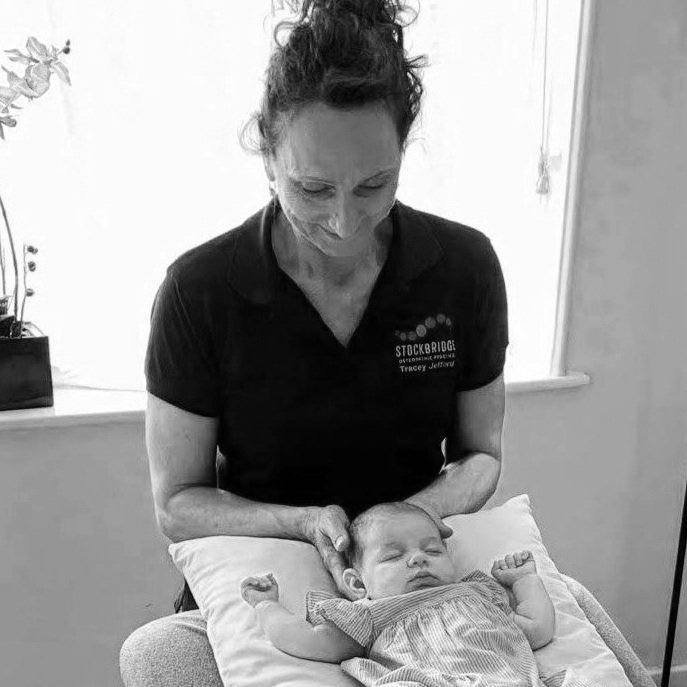Walking? Look after your feet!
In the last 18 months I have somewhat increased my step count, one of the good points about owning a dog.
However many of these miles have been in wellies! Ordinarily a good supportive pair of lace up walking boots or trainers in dry weathers are the best support for your feet and ankles, plus a gel insole cushioning your knees and lumbar spine from the forces on impact.
I wanted to share with you a few tips to consider while walking to improve awareness in your stride. Starting with foot placement, then the importance of your first toe’s flexibility for propulsion. Plus a few vital maintenance stretches to avoid classic injuries.
TIPS
- Avoid a heavy heal strike as this drives the impact forces through both your knee joints and lower back. Try a softer foot placement midfoot and roll through to forefoot and push off with your first (big) toe.
- The first toe is hugely important for your balance, gripping the ground and the power house for forward propulsion.
- There is great importance for flexibility in your first toe, foot and ankle joints, once lost this will affect your gait mechanics and your ability to get up off the ground.
- Gel inserts reduce impact.
Adapt to the terrain; awareness of your individual body position
- Engage (squeeze) your glutei (bottom) muscles together, going downhill, this will help stabilise your knees while your hamstring muscles do the braking.
- Engage (power) your glutei muscles to push up hills, powering off your back foot.
- Cadence; lessen stress on joints by shortening/varying stride length on different terrain.
- Focus on keeping your torso more up right as we can lean forward when tired.
- Bringing your head/chin back in line with your shoulder to avoid stress on you neck and shoulder muscles. Extending your head and chin forward may exacerbate headaches.
Be aware of your pace:
‘Movement is life’. Walking faster engages muscles, tendons and ligaments sharing the support of the body can reduce your back pain.
Reset posture by linking your wrist behind your back and tuck your chin back, make 3 deep slow breaths and relax the arms.
MAINTENANCE STRETCHING
- The base of your foot enables the flexibility of your foot arches, first toe. It also reduces the chances of conditions such as planter fascitis and achilles tendon issues.
- Stretching your calf muscle can ensure the health of the ankle and knee joints.
- Stretching both back and front of your thigh, hamstrings, quadratus and hip flexor (psoas) muscles will reduce stress over the knee joint.
Tracey Jefford
Senior Associate Osteopath & Sports Massage
M.Ost of Osteopathy & Dip Sports Massage



































